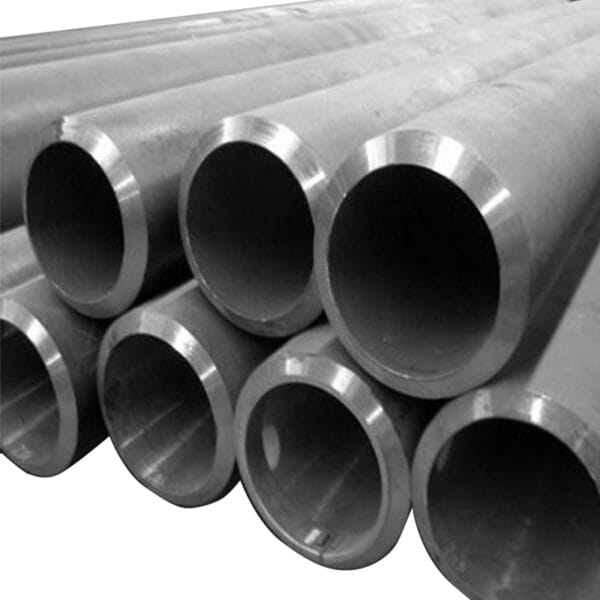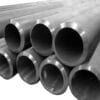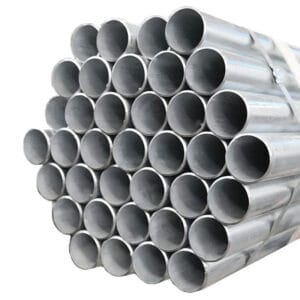Description
Advantages and Applications of Seamless Pipes in Modern Construction
Seamless Pipes are ideal for high-pressure and high-temperature environments. Their lack of welds ensures a uniform structure, making them perfect for transporting oil, gas, and other critical fluids. These products are specifically designed and manufactured to meet the highest standards in the industry. They undergo rigorous quality control processes to ensure that they are durable, reliable, and suitable for a wide range of applications. Whether you’re working on a small residential project or a large industrial development, these materials provide the strength and support needed to ensure the success of your construction. Their versatility and adaptability make them an essential component in modern engineering and architecture.
Seamless Steel Pipes represent the pinnacle of industrial pipe technology, engineered specifically for demanding environments where pressure and temperature extremes are common challenges. Unlike welded pipes, these continuous-structure pipes are manufactured through an advanced process that eliminates the need for seams or joints, resulting in superior structural integrity. Through rigorous quality control processes and adherence to the highest industry standards, seamless pipes consistently deliver exceptional performance in critical fluid transport applications. Their uniform construction makes them indispensable in both industrial facilities and specialized engineering projects where reliability is paramount.
Read More
Manufacturing Process and Material Science
The production of seamless pipes involves a sophisticated process (explore manufacturing standards) that begins with solid steel billets. These billets undergo a series of precise operations including piercing, rolling, and sizing to create a uniform pipe structure without any welded seams. This process ensures consistent material properties throughout the entire pipe length, making them especially suitable for high-stress applications.
Quality Control and Testing Protocols
Each seamless pipe undergoes comprehensive testing procedures that evaluate:
- Wall thickness uniformity
- Material composition accuracy
- Structural integrity
- Pressure resistance capabilities
- Surface finish quality
- Dimensional accuracy
Industrial Applications and Performance
Oil and Gas Industry Implementation
Seamless pipes excel in petrochemical applications where they serve critical roles in:
- Upstream exploration and production
- Midstream transportation networks
- Downstream refining processes
- High-pressure injection systems
- Offshore drilling operations
Power Generation Applications
In power plants, seamless pipes are essential for:
- Steam generation systems
- Cooling water circuits
- High-pressure boiler tubes
- Heat exchanger networks
- Nuclear facility components
Technical Specifications and Engineering Standards
Seamless pipes are manufactured to precise specifications:
Standard Dimensions
- Schedule 40 (BI): ½ inch to 16 inches
- Schedule 80 (BI): ½ inch to 16 inches
Each schedule designation indicates specific wall thickness and pressure ratings (view ASME standards).
Material Properties and Performance Characteristics
The uniform structure of seamless pipes provides several advantages:
Mechanical Properties
- Superior tensile strength
- Enhanced burst pressure resistance
- Improved fatigue resistance
- Consistent material properties
- Better stress distribution
Thermal Performance
- Uniform heat distribution
- Enhanced thermal cycling resistance
- Superior high-temperature stability
- Reduced thermal stress points
Installation and System Integration
Professional installation of seamless pipes requires specialized expertise and careful attention to:
Installation Considerations
- Proper support spacing
- Thermal expansion allowances
- Connection method selection
- System pressure testing
- Material compatibility verification
Maintenance and Inspection Protocols
Regular maintenance ensures optimal performance and longevity:
- Periodic ultrasonic testing
- Corrosion monitoring
- Pressure testing schedules
- Surface condition assessment
- Joint integrity verification
Safety Standards and Regulatory Compliance
Seamless pipes must meet stringent safety requirements (reference safety standards) including:
- Pressure vessel codes
- Material certification standards
- Installation regulations
- Testing requirements
- Documentation protocols
Future Innovations and Industry Trends
The seamless pipe industry continues to evolve with focus on:
- Advanced material development
- Enhanced testing methods
- Improved manufacturing processes
- Smart monitoring integration
- Sustainable production practices
Economic Considerations and Value Analysis
While seamless pipes may require higher initial investment, they offer substantial long-term benefits:
- Reduced maintenance requirements
- Extended service life
- Lower failure risk
- Improved operational efficiency
- Decreased lifecycle costs
This comprehensive examination of seamless pipes illustrates their critical role in modern industrial applications. Understanding their unique properties, manufacturing processes, and application requirements helps ensure optimal system design and long-term operational success.
Specifications
Standard Properties:
- Material: Carbon/Alloy Steel
- Standards: ASTM A106/A53/API 5L
- Surface Finish: Black/Pickled/Oiled
- Process: Hot/Cold Finished
- End Finish: Plain/Beveled/Threaded
Schedule 40 and Schedule 80 – BI only – ½” to 16”
Please call for inquiries.






